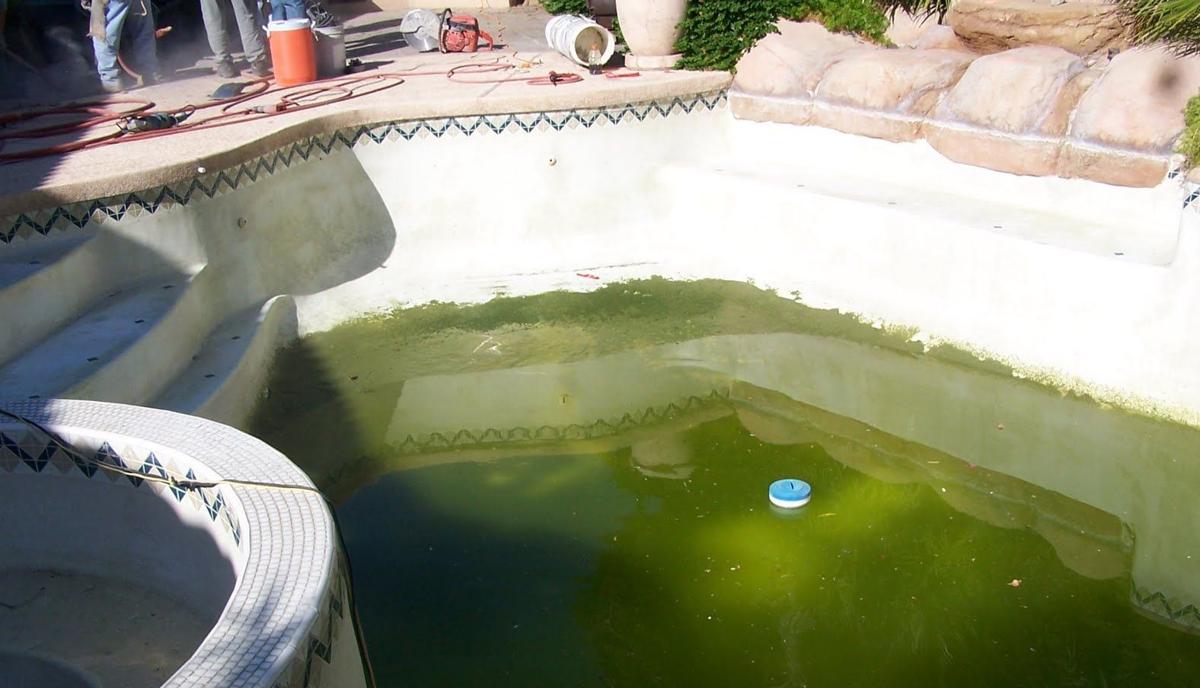Each year, thousands of Arizona residents email or call Rosie Romero’s radio show with questions about everything from preventing fires in their chimneys to getting rid of tree roots invading their sewer system. His goal is to provide answers that suit the specific lifestyle wherever someone lives in Arizona.
QUESTION: I’m looking for a home to buy, but I’ve seen a lot of houses with pools and I don’t know if I want a pool. If I bought one of these houses, can I have the pool removed and what does it cost?
ANSWER: It’s probably going to cost about $5,000, and you’ll have to pay for a building permit as well. First, they’d have to jackhammer and bust up the floor of the pool so that water doesn’t sit there when it rains. Then they have to break up the top part of the walls and the deck and put the debris into the pool. Then they fill the site with soil and compact it. Pool builders sometimes do this job or they’ll refer you to someone else who does demolition.
If you don’t want to do all that and want to preserve the pool for future use, you can put a watertight cover over the pool that will essentially put the pool into hibernation until another day. Another option is to empty the pool and build a deck on top of it so that you can use the space for outdoor living.
Q: I want to put pavers or flagstone paving in an enclosed courtyard at my house. I’m worried that if the area doesn’t drain properly or isn’t graded first, I will have a big lake every time it rains. How can I be sure of getting good drainage?
A: Usually, concrete pavers do not drain well enough for a patio, but you can buy permeable pavers that are installed in a slightly different way so that the water saturates through the joints between the pavers and re-enters the water table. Installing that type of paver usually means that you probably do not need to have any special kind of drain installed in the courtyard.
Q: It’s time to fertilize again and I’m tired of raking off my crushed granite from around the plants, then fertilizing, and then raking it back again. So, what can I do?
A: If you fertilize using crushed granules, you can sprinkle them on top of the granite and then water them in without having to rake away the gravel. Most granules will eventually find their way down to the soil when you water or if a big rain occurs.
Q: I recently bought an “Aravaipa” avocado and want to plant it soon in my yard. Are there special procedures to follow?
A: For those who have never heard of Aravaipa avocados, it’s a plant that was reportedly found growing in Aravaipa Canyon near Globe. Avocados are notoriously difficult to grow in the desert, but reportedly this plant can thrive and bear fruit because it can survive in really hot temperatures.
We can’t promise success, but you can try planting it under a canopy of established mesquite trees so that it can get a lot of afternoon shade. Avocados that do best here generally are ones planted in flood-irrigated yards. Meanwhile, lots of people who experiment with plants are trying hard to develop an avocado that will do well in the desert.





